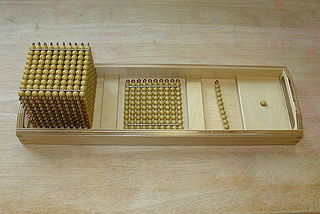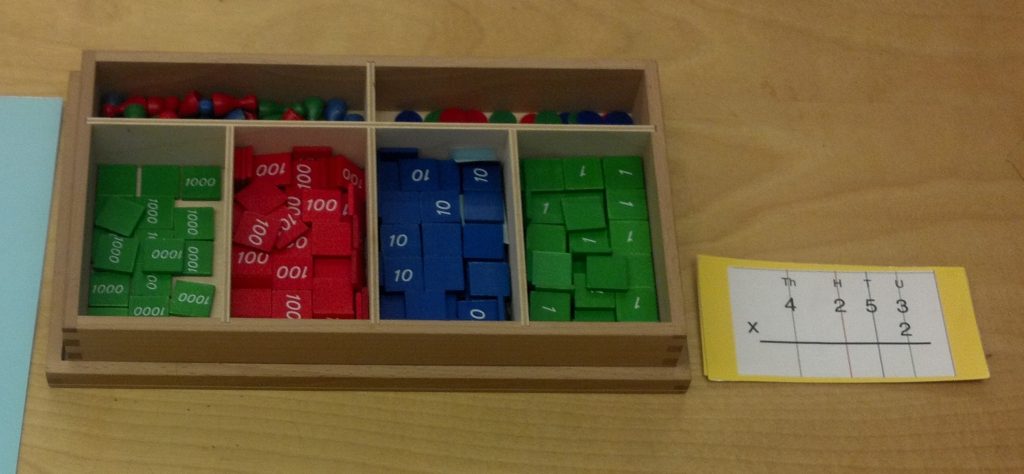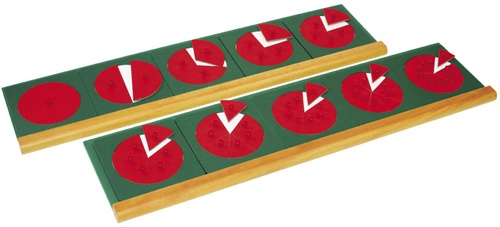The ECS Learning Environment

The learning environments of The EcoCommunity School are developmentally responsive and include both indoor and outdoor spaces. They are real life environments. Vibrant, living community replaces the outdated factory model of traditional classrooms. At every level, the ecovillage learning model serves as a microcosm of what is possible in the world. The sustainable ecovillage community and surrounding natural environment IS the classroom.
Connecting with Environment
Environment is so much more than the objects or scenery that surround us; it has the potential to draw the child into relationship with not only available activities, but also with its beauty, the way the sun filters through, the feeling one gets from entering a loved space, the scents and sounds of nature, the feel of a cool breeze on a warm day. Our relationship with space can affect us deeply, and in turn, contributes to our relationships with others and with our world. The ecology of the “classroom” affects our ability to form healthy relationships within the greater environments of which we are a part – order and care in our home spaces contributes to order and care in our world.
The Montessori Prepared Environment
A classical Montessori environment incorporates knowledge of human development and sensitivities for specific learning. The trained Montessori teacher, or guide, is an essential part of this process, closely observing the needs and tendencies of the child in order to continually create a responsive environment. Montessori spaces are well ordered and attractive, with size appropriate furniture and comfortable work spaces. They encompass natural, real life representations of the world from which to experience and learn, including practical life skills, social opportunities, and hands-on intellectual pursuits.
The Association Montessori Internationale (AMI) writes:
In these circumstances children, young adults, and adults find what is necessary for their individual development whilst gaining real life experiences of what it means to live a fulfilled life in the company of others; of what it means to exercise freedom of choice whilst also taking responsibility for the impact of their actions on the well-being of the community they live in and the earth that they live on. (https://montessori-ami.org/about-montessori/montessori-programmes)
Read more about what goes into a Montessori Prepared Environment below.
Montessori’s Learning Materials
The learning materials developed by Maria Montessori are a testament to her genius. Natural, attractive, and integrative, her hands-on learning materials engage the child’s entire being, allowing for deep understanding of concepts from concrete to the abstract in each subject. They follow a natural progression from one material to the next, and from one age group to the next. Children learn with all of their senses through the experience of weight, color, shape, order, smell, taste, sound, and communication, in addition to small and large muscle movement.




Read more…
Principles of a Montessori Prepared Environment
Human Development and Sensitive Periods ~ Dr. Montessori observed rhythms of growth and development that span approximately three-year intervals: birth to 3 years of age, 3-6 years, 6-9, 9-12, and so on through to adulthood. She additionally identified typical periods during which children are particularly attuned to learning in specific areas, demonstrating intense interest and repetitive practice. Some major sensitive periods include movement (birth to 4 years), sensory development (birth to 5 years), language (from birth to 6 years), order (18 months to 2 years), manners and courtesy (2 to 6 years), mathematics (4 to 5.5 years). These sensitive periods are in alignment with modern timelines of specific neurological development. At ECS, students of each developmental stage have their own space within a family style schoolhouse, prepared with learning materials and setting accoutrements that meet their developmental needs. These multi-age learning spaces encourage movement, exploration, and social interaction. There are countless opportunities for communication, observation, inspiration, cooperation, collaboration, the development of leadership skills, and for exposure to a broad range of practical life skills and academic pursuits.
Structure and Order ~ From birth to the age of 5 years old, and peaking during the toddler stage, children are especially attuned to order in their world as they integrate meaning from a stable and consistent environment. A physical sense of order additionally lays a foundation for higher thinking and independent life management. Reflective of the structure and order in the Universe, the Montessori prepared environment is a microcosm that gives context and meaning to the child’s process of making sense of the world. As the child grows and develops, his or her world expands from family, to community, and on to the larger macrocosms of which we are a part; the child’s personal sense of self and place within these environments expands as well.
Beauty ~ The sense of the aesthetic in the Montessori environment is both inviting and peaceful – conducive to the learning and intense development of the child. Learning materials are organized in a manner that is simple, attractive, and uncluttered. All environments are kept clean and well-maintained.
Nature and Reality ~ Montessori had deep reverence for the natural world and encouraged teachers to expand out into nature as often as possible. Learning materials are made of natural materials whenever possible, preferred over synthetics and plastics. Montessori observed that children prefer real activities over toy simulations when given the opportunity and are quite capable of learning highly specialized skills from a young age when provided with safe and appropriately sized tools. Montessori strived to provide realistic portrayals of the world and its beings in the form of learning materials and literature.
Freedom ~ Children are free to move about and explore their environments independently, and to follow their inner passions and interests according to their natural sense of readiness. Montessori teachers are specially trained to observe and follow the child’s innate developmental drives, to foster independence and creativity, and to refrain from interruption or coercion. Montessori observed, as have many of her contemporaries, that children learn faster and integrate what they have learned more deeply when a topic is chosen freely according to inspiration and that which is meaningful to the child.
Social ~ Learning is about relationships – meaningful interactions with one’s environments and others that helps us to construct our successful place within our world. Social interaction is therefore an essential component of education. Age mixing according to developmental stages creates countless opportunities for connection, socio-emotional development, leadership, and inspiration. Conversation becomes a modality for intellectual development. The greater village community provides a more natural setting for healthy social interaction in place of the age segregation of traditional school models. Rather than left to chance, social culture is intentionally created through authentic communication, cooperative community, democratic process, and consciously living in a manner that is respectful, healthy, and sustainable for all beings and environments.
Intellectual ~ The Montessori curriculum is a holistic model of education, inseparable from the above principles. Practical Life and Sensorial activities, along with Language, Mathematics, the Sciences, and Cultural subjects, are woven within the greater context of an understanding of our place in the world, and within our Universe. The learning materials available allow for a remarkably comprehensive academic education.